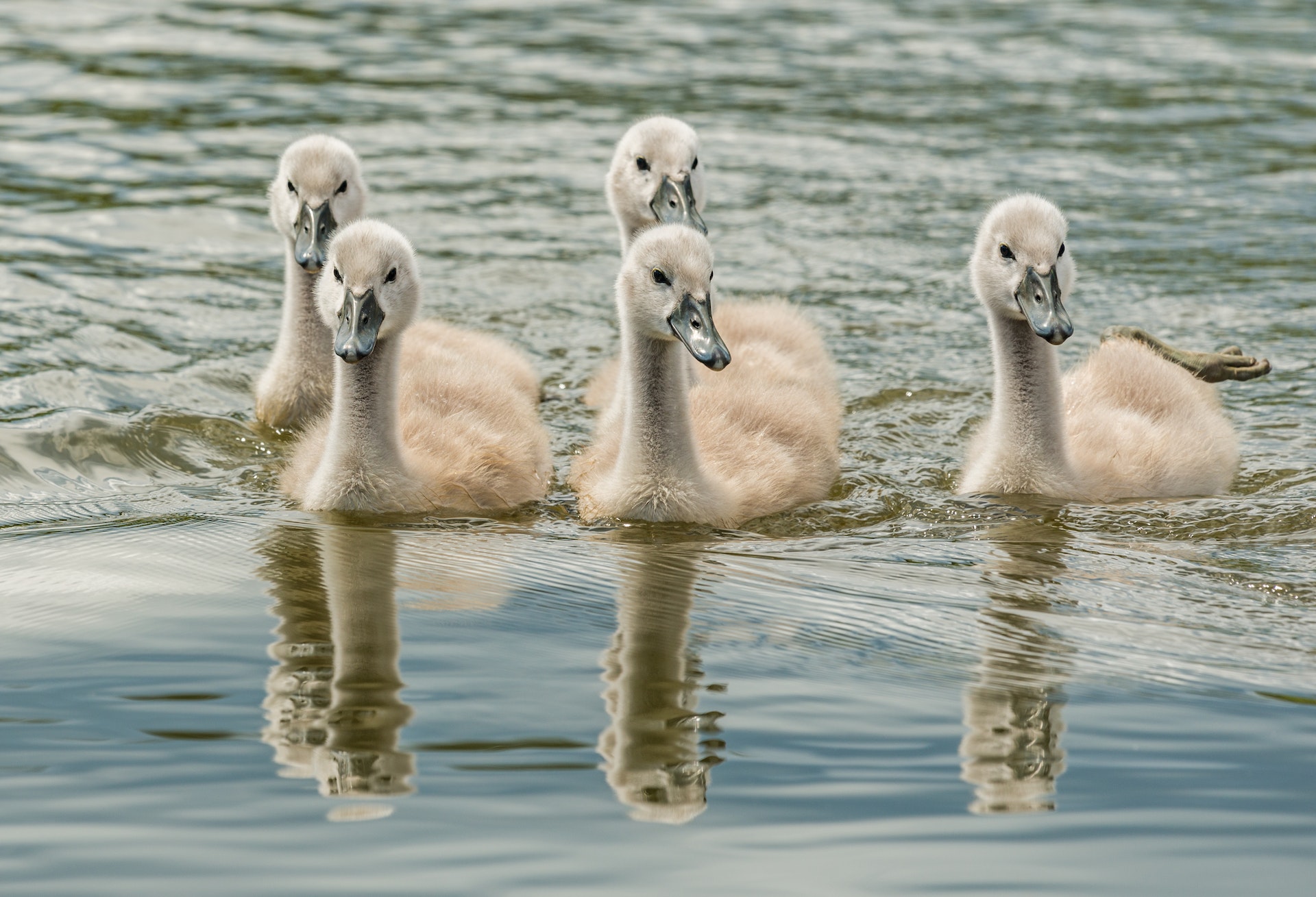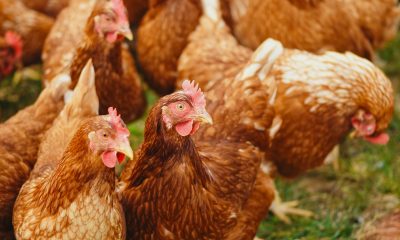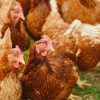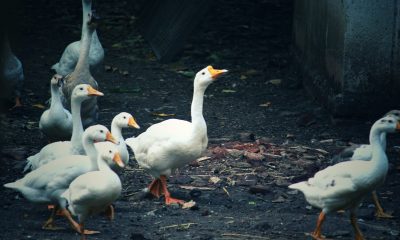Ducks are not just adorable and entertaining creatures; they are also valuable in agriculture and aquaculture. They are productive birds that can provide us with meat, eggs, and even pest control. Whether you’re a duck enthusiast or a farmer with a commercial interest, understanding water management for ducks is essential for their health and overall growth. In this blog, we’ll explore how to provide optimal conditions that can lead to healthier and faster-growing of your feathered friends.
The Vital Role of Water for Ducks
Water plays a multifaceted role in the lives of ducks, extending beyond mere hydration. Let’s delve into the key reasons why water is vital for ducks:
Hydration
Just like any living creature, ducks require water to stay hydrated. Adequate hydration is pivotal for their overall health and well-being. Without access to clean water, they can quickly become dehydrated, leading to various health issues.
Temperature Regulation:
Ducks have a remarkable ability to regulate their body temperature by immersing themselves in water. The water acts as a natural thermostat, keeping them comfortable on hot summer days and freezing cold winter mornings. They can cool down by splashing around in hot weather or warm up in cold temperatures.
Cleaning:
Ducks are known for their meticulous grooming habits. Water is their primary tool for maintaining feather cleanliness. They utilize it to wash away dirt and eliminate parasites that can infest their plumage. Clean feathers are essential for their buoyancy, insulation, and overall health.
Feeding and Foraging:
Ducks are omnivorous creatures with a diverse diet. They relish dabbling and foraging in water for aquatic plants, insects, and small aquatic organisms. A well-maintained water source provides them with an abundant and natural food source, contributing to their growth and well-being.
Creating the Perfect Duck Pond
Now that we understand why water is crucial for ducks, let’s explore how to create the ideal duck pond. Constructing an ideal duck pond involves several considerations, ensuring a harmonious habitat for these aquatic birds:
Size and Depth:
The size of your duck pond should be proportionate to the number of ducks you have. A general rule of thumb is to allow at least 2 square feet of pond space per duck. Ducks thrive in water of varying depths. While shallow water is suitable for dabbling and drinking, ducks also appreciate deeper areas where they can swim and clean themselves. Well-designed duck habitat includes varying water depths to cater to these needs. A depth of 2-4 feet is ideal for most duck breeds.
Filtration and Aeration:
To maintain optimal water quality, a well-functioning filtration system should be installed to remove debris, keeping the water clear and clean. Additionally, consider incorporating aeration systems such as fountains or waterfalls to help maintain water quality, remove excess nutrients, and ensure adequate oxygen levels, benefiting both ducks and aquatic life. Clean, oxygen-rich water promotes duck health and can lead to faster growth rates.
Algae Control:
While some algae are beneficial, excessive algae growth can be harmful to your ducks and make the water unattractive. Employ natural methods or safe algaecides to maintain a balance, ensuring a healthy pond environment.
Floating Platforms and Toys:
To keep ducks mentally and physically stimulated, consider adding floating platforms or toys to their water environment. These can include floating logs, ramps, or even simple buoys. These additions provide entertainment and exercise for ducks, contributing to their overall well-being.
Safety Measures:
Ducks are susceptible to predators, so it’s imperative to establish safeguards. A secure perimeter around the pond and the addition of floating platforms or shelters can protect your ducks from potential threats, ensuring their safety and peace of mind.
Maintaining Water Quality
Sustaining clean and fresh water is vital for the health and longevity of your ducks. There are various health problems associated with poor water quality, including respiratory problems and parasites. Here are the essential steps to ensure optimal water quality:
Regular Cleaning:
Clean water is the foundation of duck health. Ducks are known for their love of water, and they spend a significant portion of their day in it. Periodic cleaning of your duck pond is vital. To ensure their well-being, remove debris and sediment buildup to prevent water stagnation and the growth of harmful microorganisms. This maintenance promotes a thriving aquatic environment for your ducks.
Freshwater Supply:
Ducks can consume more water than one might expect. Be prepared to refill the pond frequently to provide a constant supply of freshwater. Stagnant or dirty water can lead to health problems for your ducks.
Water Testing:
To monitor water quality, perform periodic tests for parameters like pH, ammonia, bacterial counts, and nitrate levels. Regular testing allows you to identify and address potential issues before they escalate, maintaining a healthy pond ecosystem.
Quarantine and Treatment:
Duck diseases can spread rapidly through contaminated water sources. Implement a robust vaccination program and maintain strict biosecurity measures to prevent disease outbreaks. Regular testing of your water can also help you identify any problems early on. When introducing new ducks to your flock, it’s prudent to quarantine them initially. This practice prevents the spread of diseases. Should any of your ducks fall ill, swift treatment and separation from the healthy ducks are crucial to prevent contagion.
Conclusion
Water management for ducks isn’t just about filling a pond and calling it a day. It’s a complex and vital aspect of raising healthy and productive ducks. By understanding their natural needs and creating a suitable habitat, you can ensure the health and growth of your ducks, whether you’re a seasoned farmer or a passionate duck enthusiast. Clean, varied water sources, temperature control, filtration, disease prevention, and enrichment activities are all vital components of providing optimal conditions for duck health and growth. So, let your ducks paddle, quack, and thrive in their very own aquatic wonderland. By following these guidelines, you’ll ensure that your ducks thrive and continue to bring joy to your life.

















